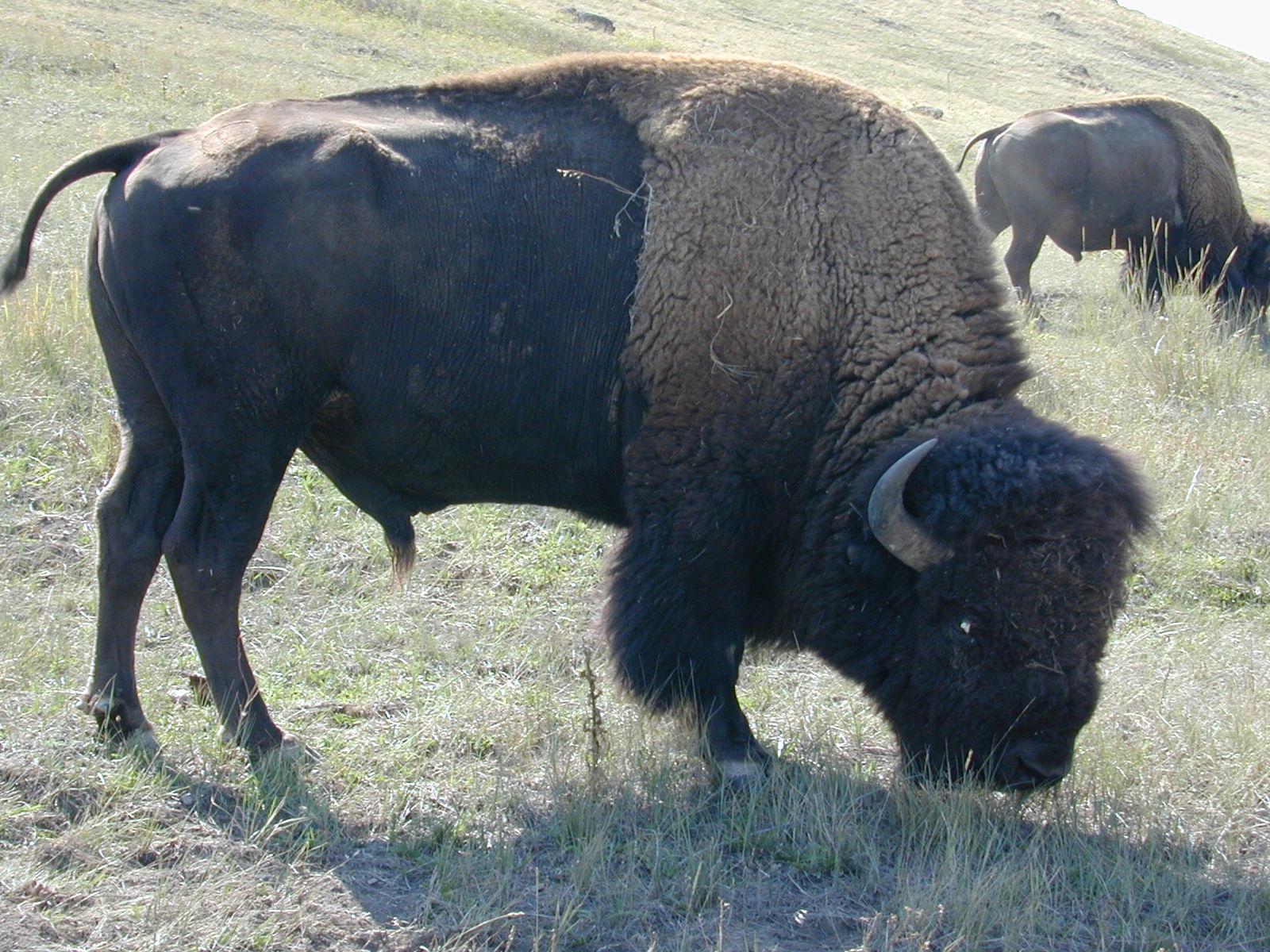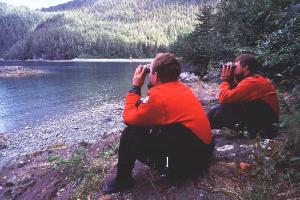- Home
- About S&T
- Taxa/Organisms
- Ecosystems
- Issues
- Methods & Tools
- Reports & Publications
- Location
- Search
September 16 2008 | Publisher: USGS | Science Center: Northern Rocky Mountain Science Center (NRMSC, Bozeman) | Format: .PDF
www.nrmsc.usgs.gov — It has been estimated that 765 grizzly bears reside in northwest Montana. USGS biologist Katherine Kendall at Northern Rocky Mountain Science Center (NOROCK) has been actively photographing and recording grizzly bears and black bears with remote cameras. Using hair snag samples collected from barbed wire hair traps and bear rub trees for genetic More...

Publisher: USGS | Science Center: Western Ecological Research Center (WERC, Sacramento) | Format: URL
www.werc.usgs.gov — This site is a summary of bat research efforts by the USGS Western Ecological Research Center. From the site: "Scientists at the USGS Western Ecological Research Center are studying bats in the San Francisco Bay area and in southern California to provide land managers information they need regarding the occurrence and status of bat species." More...

Publisher: NBII | Format: URL
www.nbii.gov — Natural resource managers face complex decisions that require a clear understanding of the status of wildlife populations and their habitats. Monitoring is key to making effective management decisions and evaluating the outcomes of those decisions. The goal of NRMP is to improve the accessibility of monitoring efforts to resource managers to aid More...

Publisher: USGS | Science Center: Fort Collins Science Center (FORT, Ft. Collins) | Format: URL
www.fort.usgs.gov — Natural Resource Monitoring Partnership (NRMP) is a collaborative effort by the natural resource management community to improve monitoring efforts in order to support effective evaluation and decision-making by sharing information on monitoring projects and protocols. The Natural Resource Monitoring Partnership was built for easy access to More...

Publisher: USGS | Science Center: Northern Rocky Mountain Science Center (NRMSC, Bozeman) | Format: URL
www.nrmsc.usgs.gov — A study overview related to the role of the National Bison Range in the long-term management of Federal bison herds. This research will provide the data necessary to assess the impacts of management actions implemented under the new management plan, and examine the plan`s underlying assumptions regarding demographic responses of the Yellowstone More...

Publisher: USGS | Science Center: Northern Rocky Mountain Science Center (NRMSC, Bozeman) | Format: URL
www.nrmsc.usgs.gov — To devise credible strategies for managing human-wildlife conflicts, managers need information about the importance of specific areas to particular species. In the Greater Yellowstone Area, for example, development of low-elevation areas seriously threatens vital ungulate winter ranges, with obvious implications for both ungulates and their More...

Publisher: USGS | Science Center: Northern Rocky Mountain Science Center (NRMSC, Bozeman) | Format: URL
www.nrmsc.usgs.gov — An overview of the population status and trend monitoring efforts for grizzly bears in the Greater Yellowstone Ecosystem during the 2002 field season. Contains statement of problem, objectives, methodology, communication plan, and highlights and key findings.

Publisher: USGS | Science Center: Florida Integrated Science Center (FISC, Gainesville) | Format: URL
fisc.er.usgs.gov — Visual surveys of underwater reef fish overlook the hidden, cryptic fish that comprise most of the diversity and numerical abundance of coral reef habitats. Research by Smith-Vaniz, Jelks, and Rocha shows how rotenone revealed cryptic fish in a survey of fish August-September 2001 at Buck Island Reef National Monument, St. Croix, U.S. Virgin More...

Publisher: USGS | Science Center: Alaska Science Center (ASC, Anchorage) | Format: URL
www.absc.usgs.gov — An overview of research that looks at the interactions between sea otters and prey species, allowing an assessment of the effects that sea otters have on composition and productivity of coastal marine communities. Includes links to USGS publications resulting from this research.

Publisher: USGS | Science Center: Northern Rocky Mountain Science Center (NRMSC, Bozeman) | Format: URL
www.nrmsc.usgs.gov — Remote cameras are used world-wide to address a variety of research and management objectives for wildlife species that are often difficult to find track, and capture. This project investigates how grizzly bears (Ursus arctos) and black bears (U. americanus) and other wildlife species respond to baited, barbed wire hair traps, providing more More...
